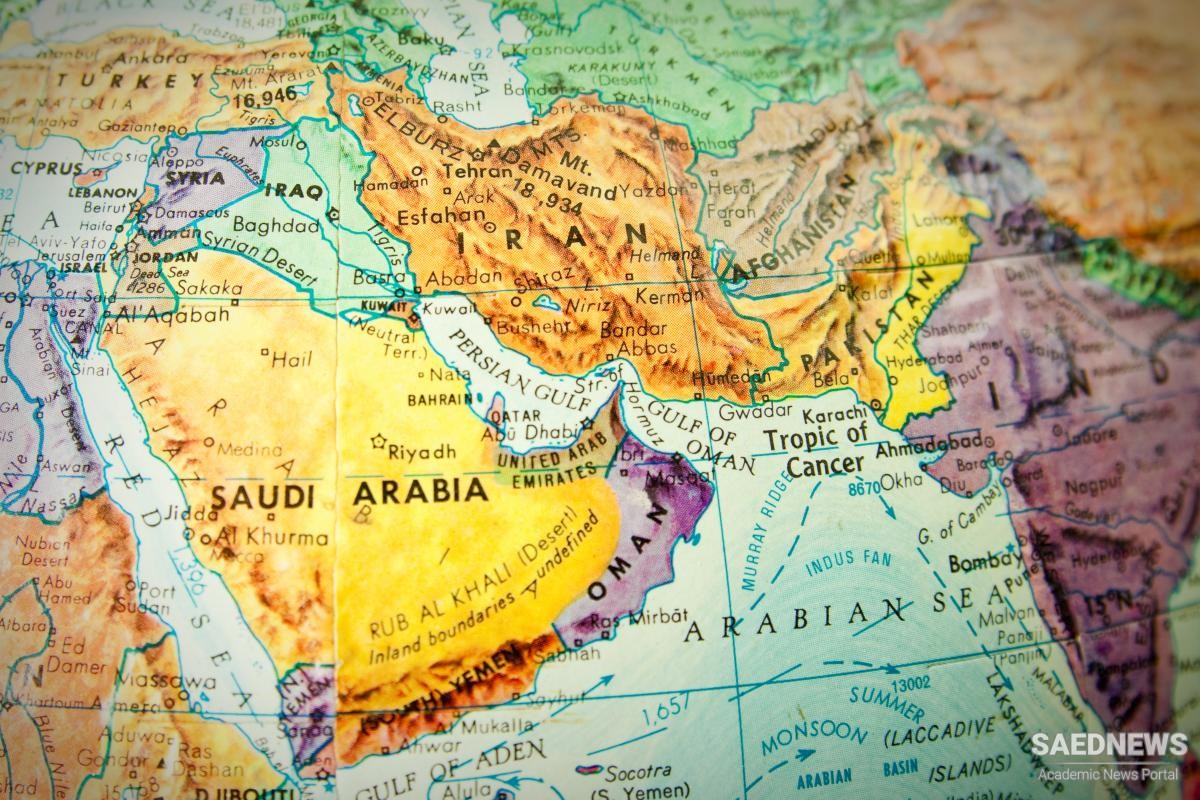The Ottoman centuries can generally be divided into three periods. The first period, from the early establishment of the dynasty around 1280 to the end of the reign of Suleyman I (r. 1520–66), was one of unprecedented growth in the power, prestige, and territorial size of the empire. This era coincides with the reign of the dynasty’s first ten sultans, all of whom were, on the whole, capable administrators, successful military commanders, and wise rulers. Also during this period the Ottomans emerged as a “gunpowder empire” par excellence due to their military tactics and their technology, conquering lands in Europe and the Middle East. This military prowess was buttressed by a highly disciplined, well-trained corps of infantrymen called the janissaries, many of whom were drafted into the service of the empire at childhood and were raised as either future administrators or soldiers. The janissaries were provided with firearms and “used phalanx tactics to combine massed musket firepower with artillery.” The second period, beginning approximately after 1566 and lasting until the early 1800s, was in many ways the beginning of the end. This was a time of frequent military defeats, territorial retreat and retrenchment, administrative decay, and industrial underdevelopment. Most of the territorial and military reversals occurred in Europe: the failure to capture Vienna in 1683; ceding Hungary to the Hapsburgs and the Aegean coast to the Venetians in 1699; another massive territorial concession in a 1718 treaty; loss of the Crimean War to Russia in 1774; and the loss of Egypt to Napoleon in 1798. 49 When Egypt was reclaimed in 1791, its military governor, the modernizing Muhammad Ali, grew so strong as to challenge Ottoman suzerainty over Egypt and Syria. Only with European help were the Ottomans able to regain Syria, but their loss of Egypt was permanent. Muhammad Ali was to establish an Egyptian dynasty that lasted until 1952 (Source: Political History of Middle East).


 Rise of Islam and Early Islamic Expansionism: Revolution Inside and Outside
Rise of Islam and Early Islamic Expansionism: Revolution Inside and Outside














































